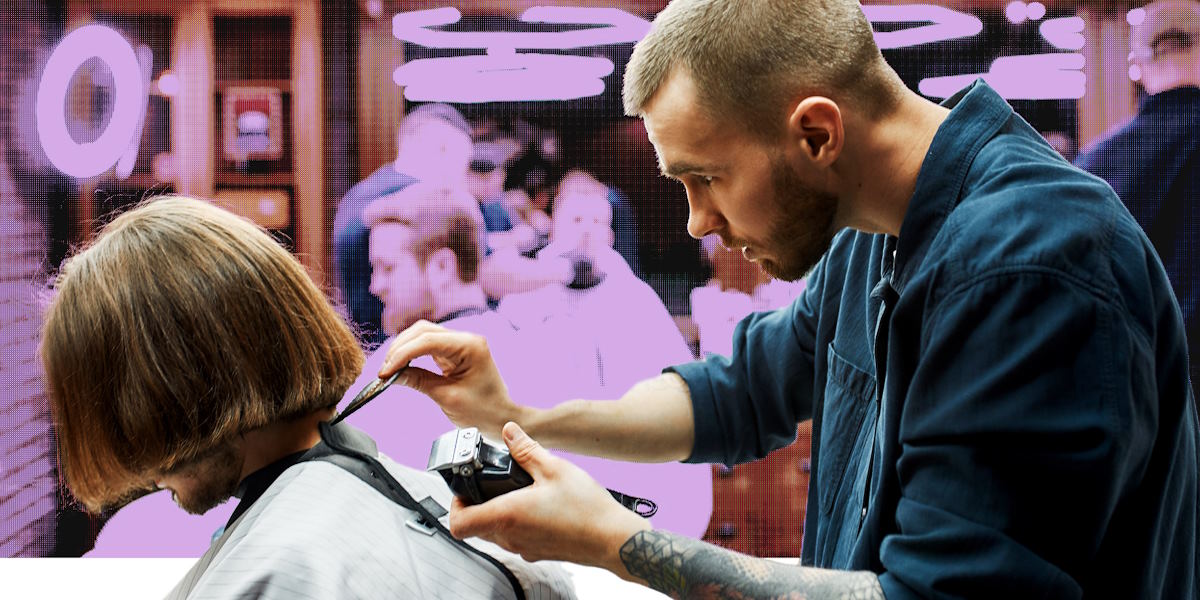How to Communicate with Your Stylist for the Perfect Cut

Switching from long, flowing locks to a chic short cut can be as daunting as diving into a cold pool – thrilling but a bit nerve-wracking. Have you ever wondered how to make sure your stylist nails that perfect cut? It all boils down to communication. Imagine trying to describe a painting without any visuals; it’s a challenge, right? The same goes for haircuts. Whether you’re transitioning from long to short hair or just tweaking your usual style, knowing how to clearly convey your vision to your stylist is key.
Preparing for Your Appointment
Before you even step foot in the salon, it’s important to do a bit of homework. Think of it as preparing for a job interview – you wouldn’t go in without knowing what the job entails, right? The same applies here.
Know What You Want
Start by researching styles that suit your face shape and hair type. Are you looking for something edgy, classic, or perhaps a bit trendy? Gather inspiration photos from magazines, social media, or online galleries. This visual aid is invaluable for your stylist to understand exactly what you’re aiming for.
Understand Hair Terminology
Hair terminology can sometimes feel like a foreign language. Do you know the difference between layers and a blunt cut? How about a pixie cut versus a bob? Familiarize yourself with common haircut terms so you can speak your stylist’s language. This helps in clearly communicating what you want and avoids any misunderstandings.

During the Consultation
The consultation is like a first date with your stylist. It’s your chance to make sure you’re both on the same page before committing to the cut.
Be Honest About Your Hair History
Transparency is key. Share details about past chemical treatments, hair dye, and any hair issues you’ve faced. If your hair is particularly sensitive or damaged, your stylist needs to know to tailor their approach accordingly.
Discuss Your Lifestyle and Hair Routine
Your lifestyle and daily hair routine play a significant role in determining the best cut for you. Are you a wash-and-go person, or do you enjoy spending time styling your hair every morning? Mention any specific needs, like low maintenance or versatility for work and play. This ensures the cut fits seamlessly into your life.
Describe Your Desired Look
Now comes the fun part – describing your dream haircut. Use clear and specific language. Show the inspiration photos you’ve gathered and highlight what you like about each one. Maybe it’s the texture, the length, or how it frames the face. Being specific helps your stylist understand your vision.
Ask for the Stylist’s Input
Your stylist is a professional with a wealth of experience. Ask for their advice on what will work best for your hair type and face shape. Be open to their suggestions and adjustments. They might have insights that you hadn’t considered, which can enhance the final look.
Ensuring Understanding
Before the first snip, it’s crucial to make sure both you and your stylist are crystal clear on the plan.
Clarify Details
Confirm the length you want to be cut off. A good way to do this is by showing exactly where you want your hair to fall using your fingers. Discuss how you want the hair to fall and any particular features like bangs or layers.
Ask Questions
Never hesitate to ask questions. Inquire about the stylist’s plan and how they intend to achieve the look you want. Ask for a step-by-step explanation if necessary. This not only reassures you but also shows the stylist that you are actively engaged in the process.
Use Visual Aids
Sometimes words aren’t enough. Use mirrors to point out specific areas on your hair to show what you mean. This visual aid ensures that there is no room for misinterpretation.

During the Haircut
The moment of truth – the actual haircut. This is where staying engaged can make all the difference.
Stay Engaged
Keep an eye on the process and give feedback if something doesn’t seem right. If the length looks too short or a layer isn’t sitting as you envisioned, speak up. It’s easier to make adjustments during the cut than after.
Trust the Process
Remember that haircuts can look different at various stages. What might look odd halfway through can turn out perfectly once the cut is complete. Allow the stylist to work their magic while staying attentive.
After the Cut
The haircut is done, but your involvement doesn’t end here.
Evaluate the Result
Take a good look at the final result from all angles using mirrors. Make sure the cut meets your expectations. If there are any adjustments needed, now is the time to mention them.
Give Constructive Feedback
Share what you like about the cut and what could be improved for future visits. Constructive feedback helps your stylist understand your preferences better, ensuring even better results next time. Building a rapport with your stylist makes future appointments smoother and more enjoyable.

